
How the Pandemic Shines a Spotlight on the Need for Food Security and Regenerative Agriculture
by Sheryl Karas M.A., CRARS staff
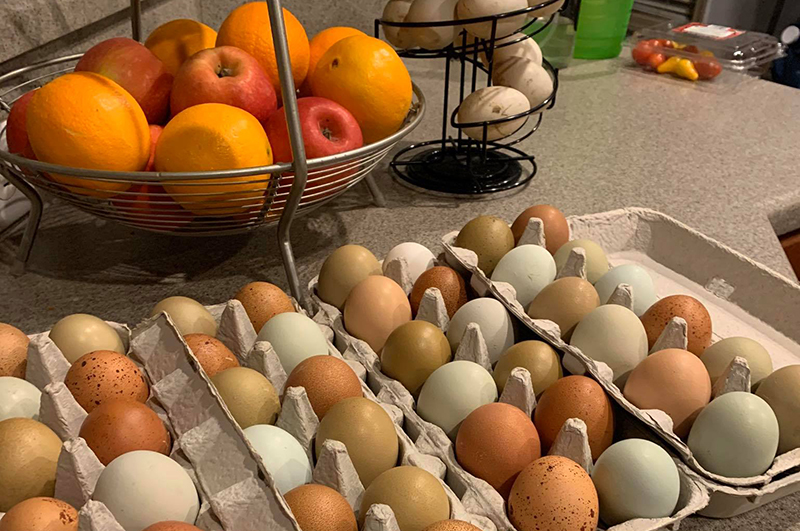
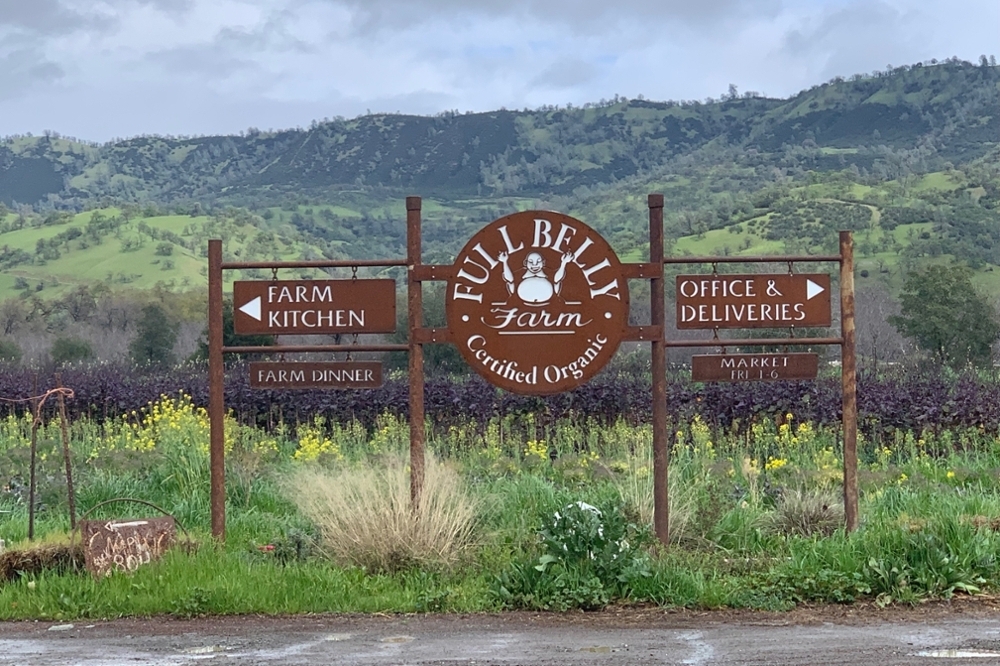
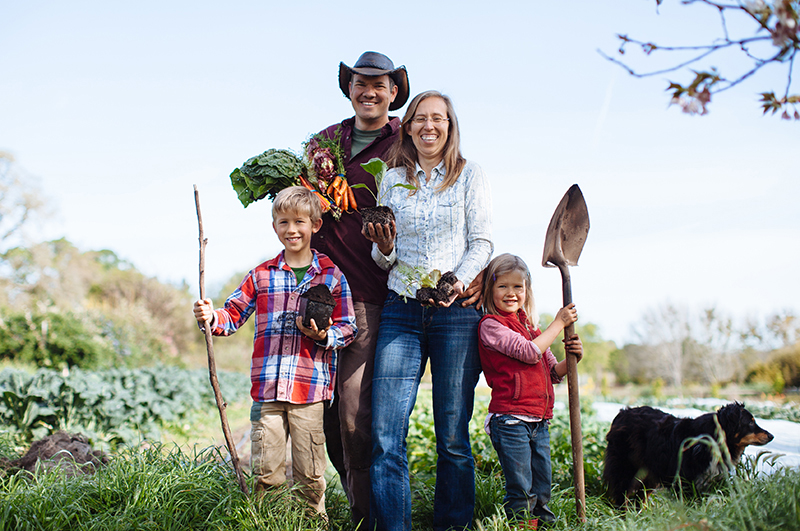
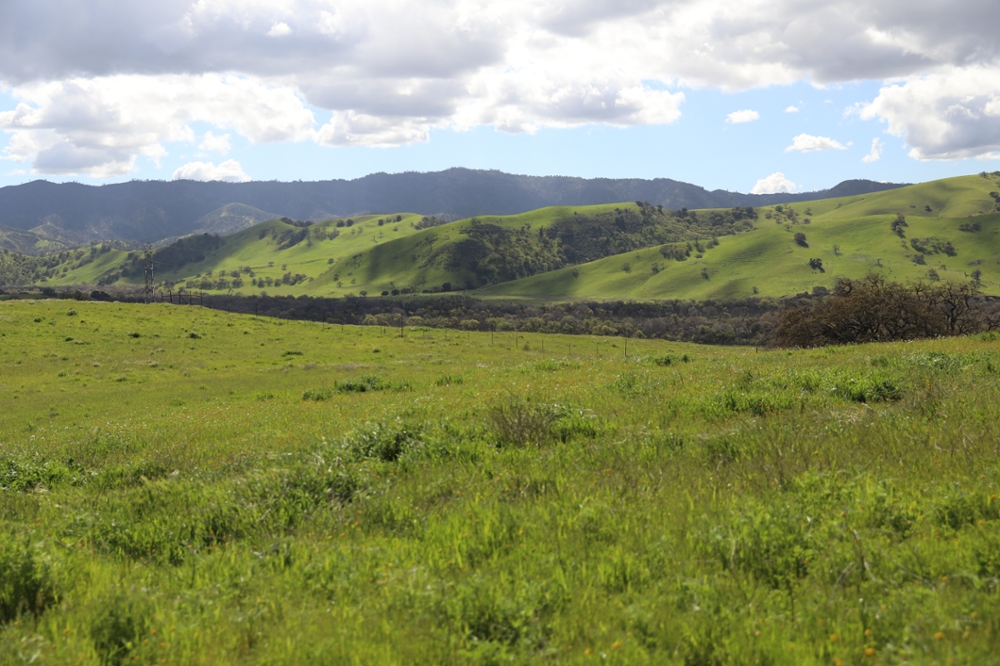
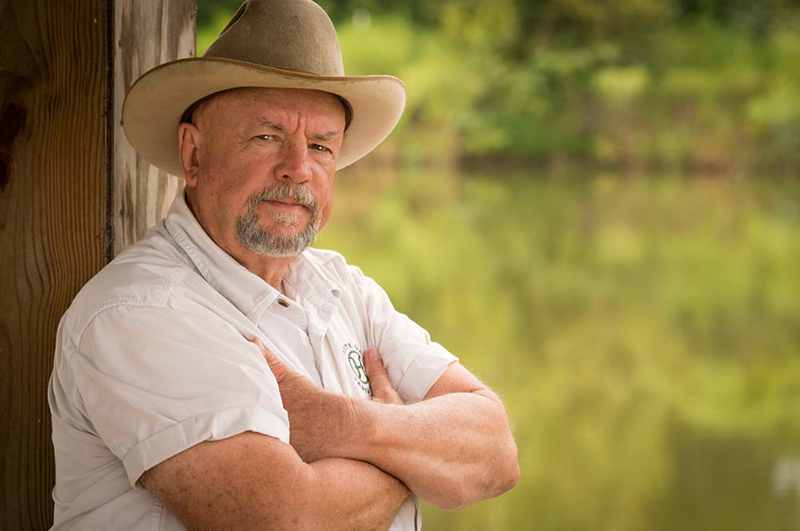
Covid-19 related news reports of meat packing plant closings and farmers dumping crops despite long lines of people attempting to access food banks are leading to concerns about food security. Although both the UN(opens in new window) and USDA(opens in new window)currently say that the global and national food supply is holding up with few disruptions and only temporary shortages in some locations, the pandemic is pointing out cracks in our supply chains that are raising alarm bells. Farmers are suffering the brunt of the hardship this creates so far and their workers are also some of the most vulnerable to the health crisis itself. On the other hand, small local growers and ranchers have been scrambling to quickly create and share new methods to survive while filling in gaps in the food supply. Most of our regenerative mentor farmers are part of these efforts so we thought we’d check in with them to see what they’ve been doing. And, because increased spread of infectious diseases(opens in new window) is part of what we can expect with climate change, the public’s growing awareness of pandemic-related food insecurity means there has never been a better time to talk about regenerative agriculture.
Understanding the Problems
Our current approach to food production depends on long global food chains tied to enormous monoculture growers dependent on what we have long considered to be state of the art technology and agrichemical use to maintain high levels of yield (heavy tillage, fertilizers, pesticides and herbicide). And this approach has been extremely successful in terms of moving large quantities of food to feed people around the world. Plus, the globalization of the food supply is helpful because a bad wheat crop in the Midwest, for example, can usually be offset by suppliers someplace else. As a result, U.S. consumers almost never see shortages of food on the grocery store shelves.
But in a pandemic, the consolidation of the food supply in the hands of relatively few large producers combined with long supply chains can lead to multiple points where things can go awry. For example, just two California farms supply 85% of the nation’s carrots(opens in new window). There have been no shortages of carrots, but since the health of farmworkers is potentially the weakest link in the chain during a pandemic, it is obvious how easy it could be for the supply of certain products to be disrupted at least temporarily in some parts of the country.
For example, it’s not hard to find eggs right now at the local supermarkets in Chico, CA. But that was not true just a couple of weeks ago. And when the general public sees one of their staple food items missing when they do their shopping, it sends out shock waves of fear. And, even though the president has called for meat-packing plants to be called essential businesses, news of meat-packing plant closures have already caused panic-buying and hoarding of meat. But that has created opportunities for several of our small regenerative mentor farmers to shift gears and provide solutions at least in their local communities.
What Our Mentor Farmers Have Been Doing
Like many small farmers, both Full Belly Farm(opens in new window) in Capay Valley in northern California and Singing Frogs Farm(opens in new window)in Sebastopol, CA report that they lost a large share of their businesses when restaurants in their region needed to shut down. However, they have both seen their CSA sales grow tremendously. Both have reached the maximum number of members they can currently serve and Singing Frogs Farm reports that they now have more people on the waiting list than members! They offered a one-time Salad Box to those wait list people while they figure out what other changes they can make and that sold out in 24 hours. Full Belly offers home delivery of their CSA boxes and Singing Farms has multiple CSA pick-up sites and currently still has Farmers Market outlets (with much increased sales) in their area.
More locally, Priya Tuvell of Cascade Valley Heritage Farm(opens in new window) in Chico, CA says that she is now selling her eggs faster than the hens can lay them. All the new sales are coming from Facebook(opens in new window) and through their efforts to help local medical staff at Enloe Hospital have one less thing to worry about while they fight this virus.
Using online connections is actually a significant way that farmers are helping each other figure out how to survive and thrive during the pandemic crisis by sharing information with each other online and supporting each other’s businesses. For example, when visiting Paicines Ranch’s Facebook page(opens in new window) it is clear that at least half of their posts are shout-outs in support of other growers and ranchers. Banding together to get the word out about using local food sources just makes sense. Some of the posts share how well small growers have been able to quickly switch over to marketing directly to the consumer. Janie's Mill, for example, started providing flour for the first time to home bakers when flour wasn’t available in the grocery store anymore. In terms of their own business, Paicines Ranch(opens in new window) is offering free, no-contact delivery and a 15% wellness discount for San Benito County residents.
One of the stand-outs on our mentor farmer list is White Oak Pastures(opens in new window) in Bluffton, Georgia. Bluffton is one of the poorest counties in one of the poorest states in the nation. But over the past month they were able to hire 16 new full-time employees to help keep up with the demand in their online store. Because White Oak Pastures butchers and processes their meat right on their own farm they are able to help allay the fears of their buyers about meat shortages and reduce panic-buying. They report that this ramp-up was not without a few mistakes, but they were able to move into action quickly and last month served more than 3000 customers who relied on them to keep their refrigerators and pantries full.
How Regenerative Agriculture can Improve Food Security and Make Us More Resilient
One of the things White Oak Pastures has been emphasizing to their customers during this pandemic crisis is their commitment to help their customers access the “resiliency” of their regenerative ecosystem. The cultivation of resiliency is the key to helping people through any crisis, whether it be in the context of their personal lives(opens in new window), a relatively short-term pandemic, or in regards to the larger looming problems of climate change, biodiversity loss, soil erosion and water conservation.
In an article in The American Prospect(opens in new window), Ben Lilliston, Interim Co-Executive Director of the Institute for Agriculture and Trade Policy (IATP)(opens in new window)suggests that “a more climate-resilient system” would include more small farmers with an emphasis on local food systems and shorter supply chains. “The longer the supply chains, the more vulnerable they are,” he says. IATP advocates for robust local and regional food systems as the first line of defense, backed by the global market, instead of global markets being the first consideration. He wants a farm system that doesn’t overtax the land, builds soil health, and is climate resilient. He also emphasizes that it is important that these farms be places where people would want to live.
Regenerative agriculture is essential in all of that. The methods and tools used address many of our underlying problems, including soil erosion, polluted waterways, biodiversity loss, and the ability to survive climate-related weather incidents as well as restoring the land’s ability to sequester carbon from the atmosphere. Plus, as Will Harris of White Oak Pastures likes to point out, regenerating the land can also help regenerate a community.
